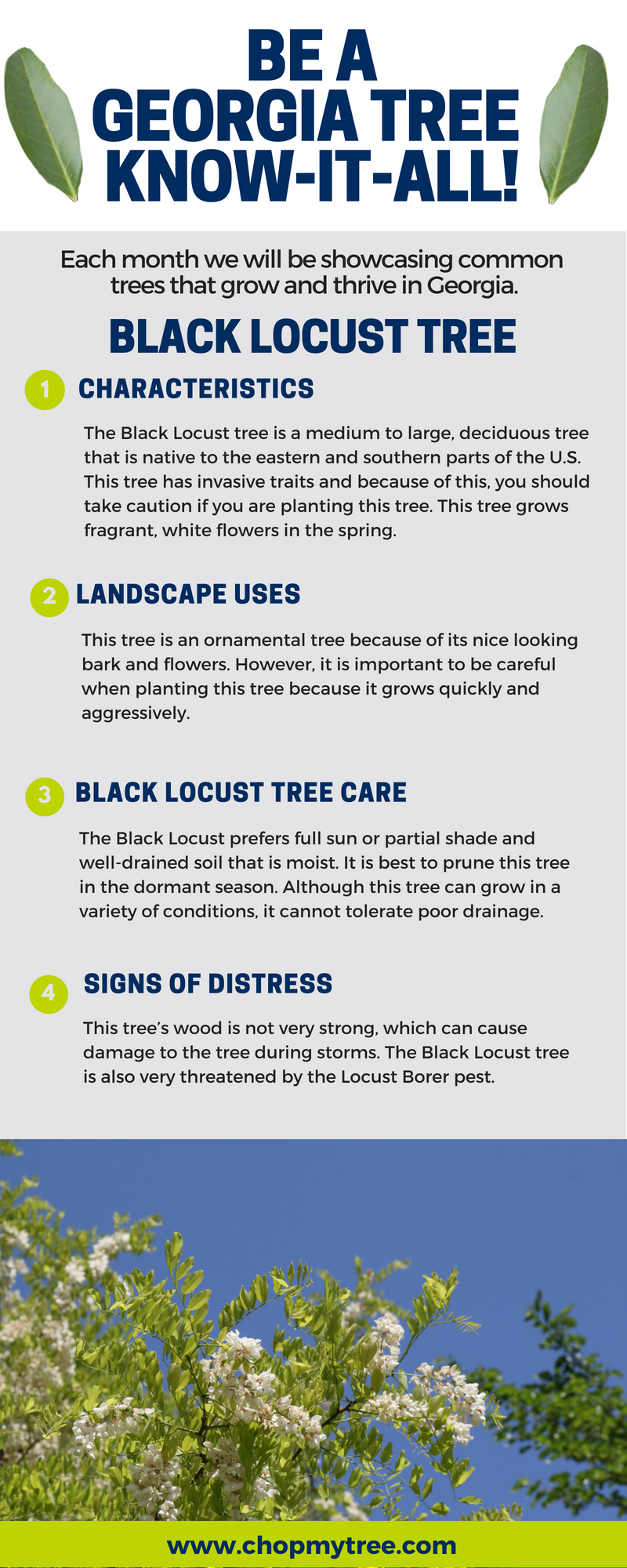After Removing Trees, Proper Treatment Is Important For Landscape Healing; Figure Out The Necessary Activities To Renew Your Area And Protect Against Forthcoming Challenges
After Removing Trees, Proper Treatment Is Important For Landscape Healing; Figure Out The Necessary Activities To Renew Your Area And Protect Against Forthcoming Challenges
Blog Article
Material Author-Tate Cochrane
After a tree's elimination, your landscape may look quite different, and it's essential to examine the aftermath very carefully. You'll intend to review the soil disturbance and examine bordering plants for any type of indicators of stress and anxiety. Disregarding these aspects can result in larger problems down the line. So, what should you make with those stumps and origins? And how do mouse click the following web page pick the best plants for your rejuvenated space? Allow's explore these crucial steps.
Examining the Results: Reviewing Your Landscape
After a tree elimination, it's important to analyze your landscape to recognize the effect it has on your backyard.
Start by checking out the location where the tree stood. Search for indications of soil disruption, and inspect the surrounding plants for any type of anxiety or damages.
You must likewise take note of just how the removal has changed sunshine exposure and air flow in your yard. This shift can affect the development of nearby plants, so it's vital to review their health.
Take into consideration the visual aspects as well; the elimination could produce an open space that you can upgrade.
Lastly, consider any possible erosion concerns that could occur from the tree's lack. Dealing with these factors early will aid bring back balance to your landscape.
Taking care of Stumps and Roots: Choices for Removal
Once you have actually assessed the results of the tree removal, you'll likely need to tackle the stump and roots left.
You have a couple of alternatives for elimination. One effective approach is stump grinding, where a specialist makes use of a maker to grind the stump to below ground level. This strategy leaves very little disturbance to your landscape.
If you like a do it yourself approach, you can utilize a mix of excavating and chemical stump cleaners. Simply remember, this procedure can take time and effort.
Alternatively, consider leaving the stump as a natural feature, which can serve as an unique yard component or habitat for wildlife.
Whatever you select, resolving the stump and origins is essential for recovering your landscape.
Choosing the Right Plants for Your New Area
As you evaluate your newly cleared area, picking the right plants can dramatically improve your landscape's elegance and capability.
Start by considering the sunlight and dirt conditions. For bright areas, select drought-resistant plants like lavender or succulents. In shaded spots, ferns and hostas flourish well.
Think of the dimension and development habits of your plants; mix perennials and annuals for seasonal range. Do not fail to remember to integrate indigenous types; they need much less maintenance and assistance regional wildlife.
Team plants in odd numbers for a more natural appearance and produce layers for visual deepness.
Finally, ensure you have a mix of colors and structures to keep your landscape lively throughout the periods.
Pleased planting!
Verdict
To conclude, recovering your landscape after tree elimination is a gratifying process. By evaluating the after-effects, dealing with stumps and origins, and picking the right plants, you'll create a successful environment. Do not neglect to integrate disintegration control actions to secure your soil. With a little effort and care, you can transform your area right into a dynamic garden that enhances your building. Embrace the opportunity to renew your landscape and enjoy the charm of nature right in your yard!
